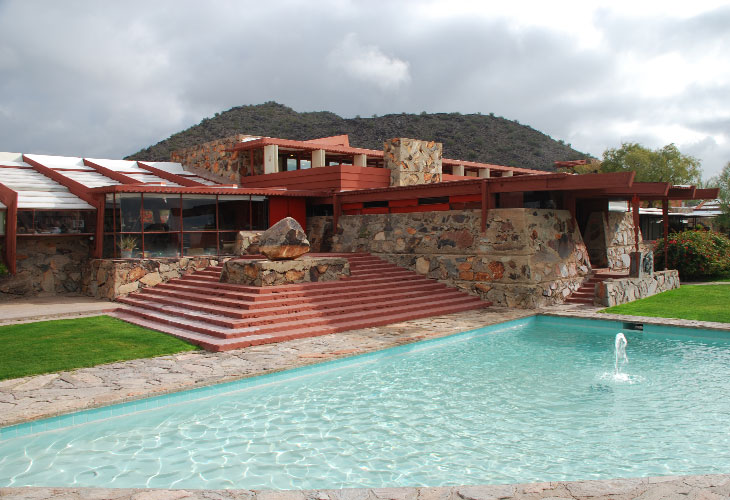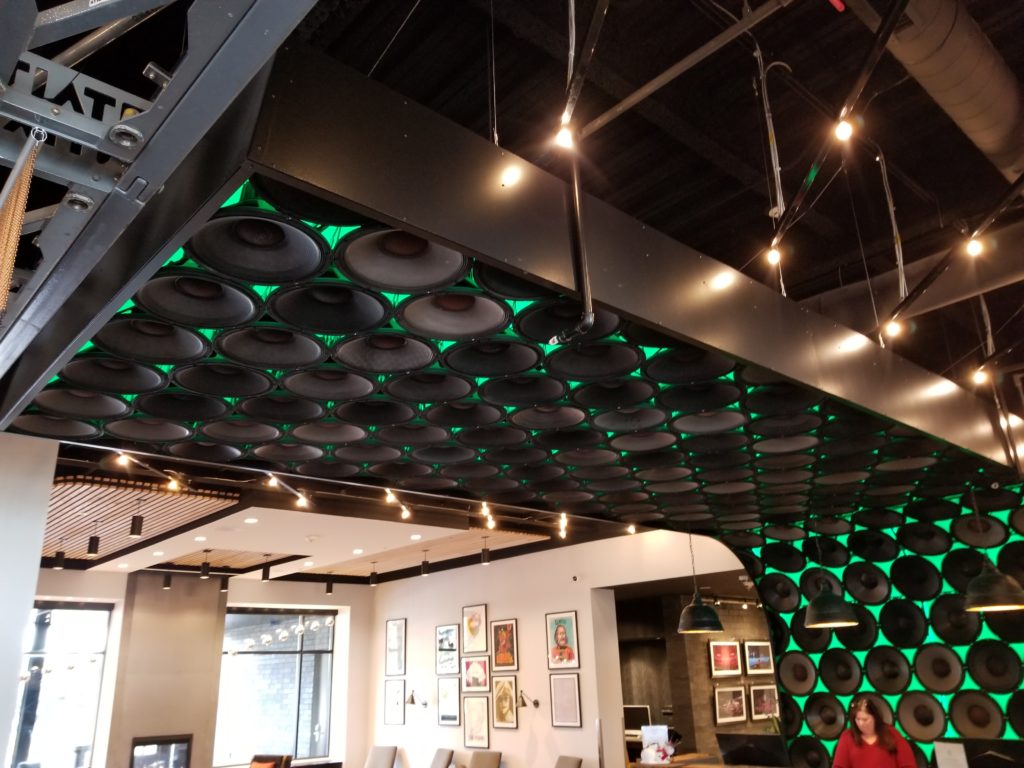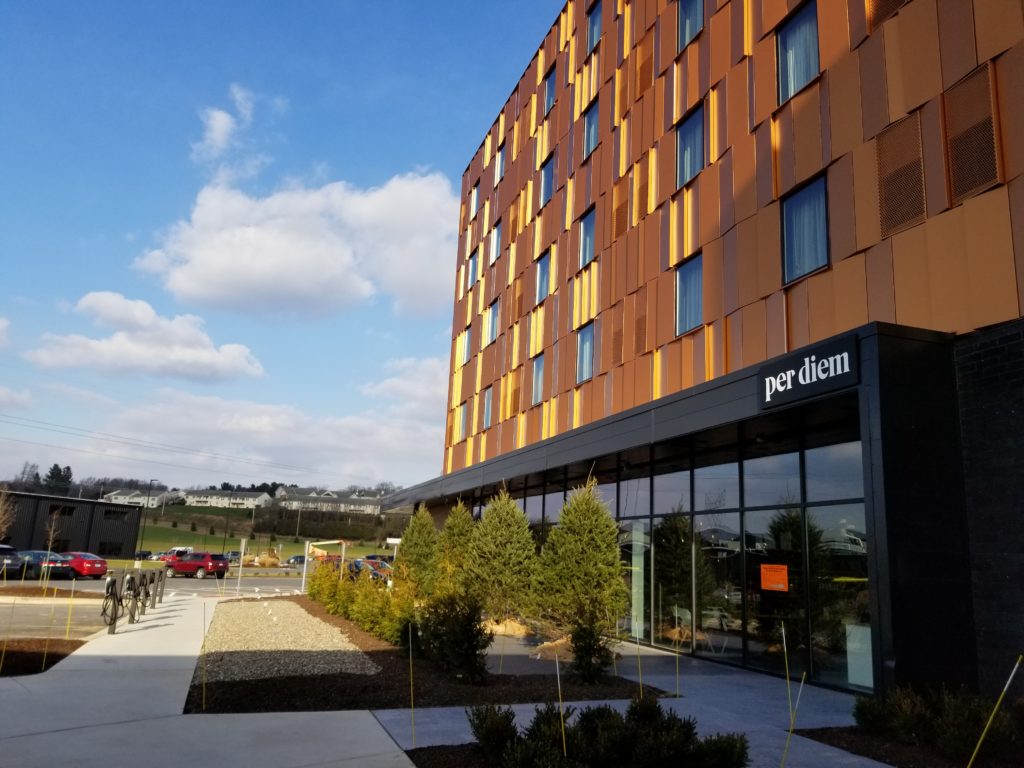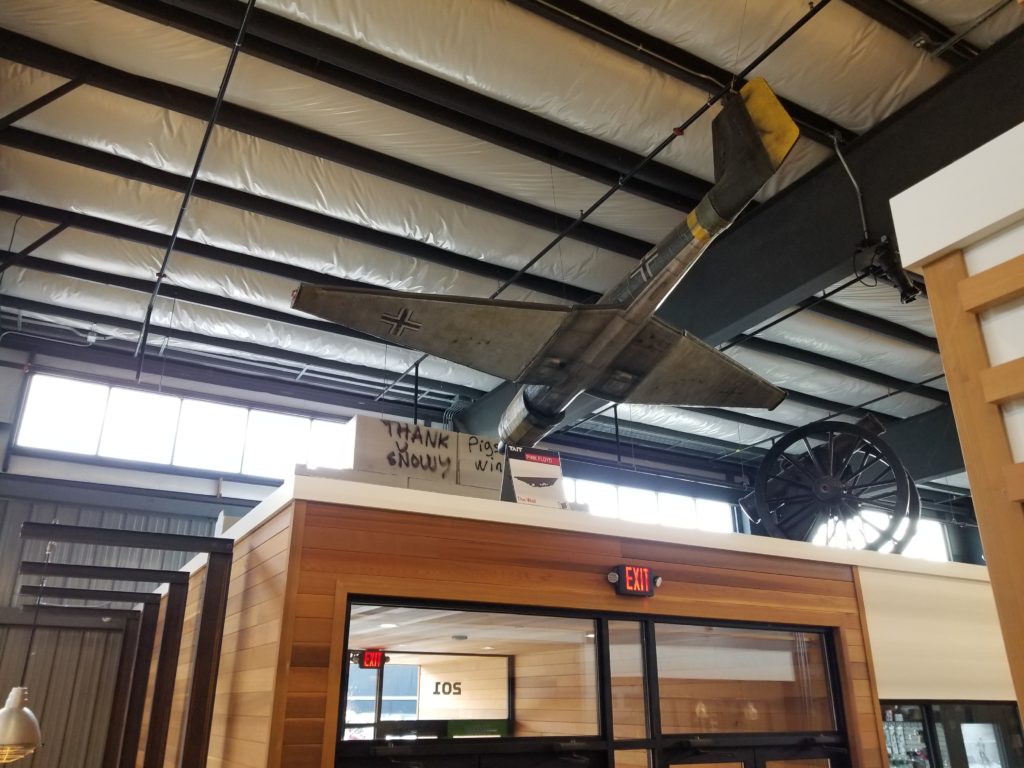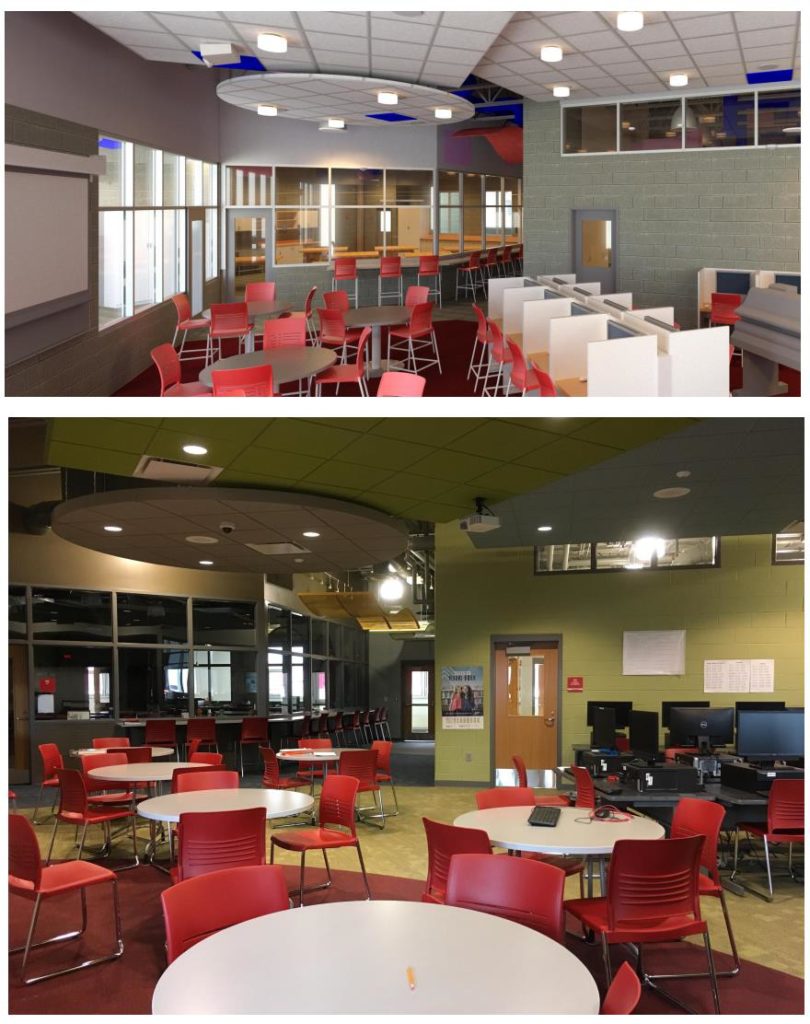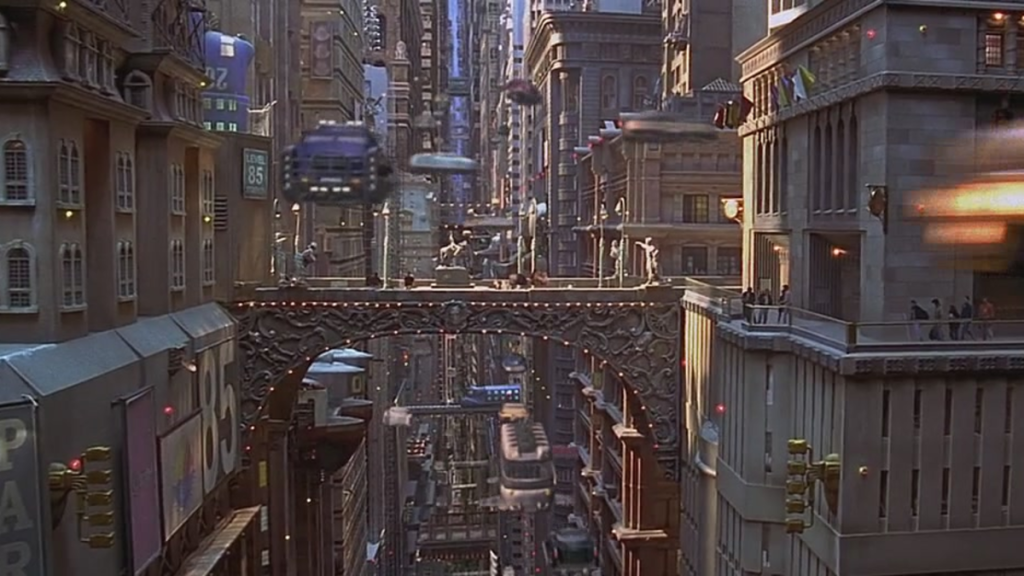I don’t spend a lot of time here talking about day to day stuff in my life. There’s been a trend over the past few years to do exactly that – share every waking moment. I don’t believe I’m that interesting. I don’t believe there is anyone that interesting. Sometimes day to day stuff just needs to be unexceptional and plain. It gives both context and contrast to the things that are special or that hold more significance.
My family has had some special moments lately and has a couple of those coming up. The public doesn’t get everything. Some things are just for us.
What is not just for us is finally being in a position to try to do more to help others in our day to day lives here at Chez Hardenbrook. We’re getting solar power added to the house.
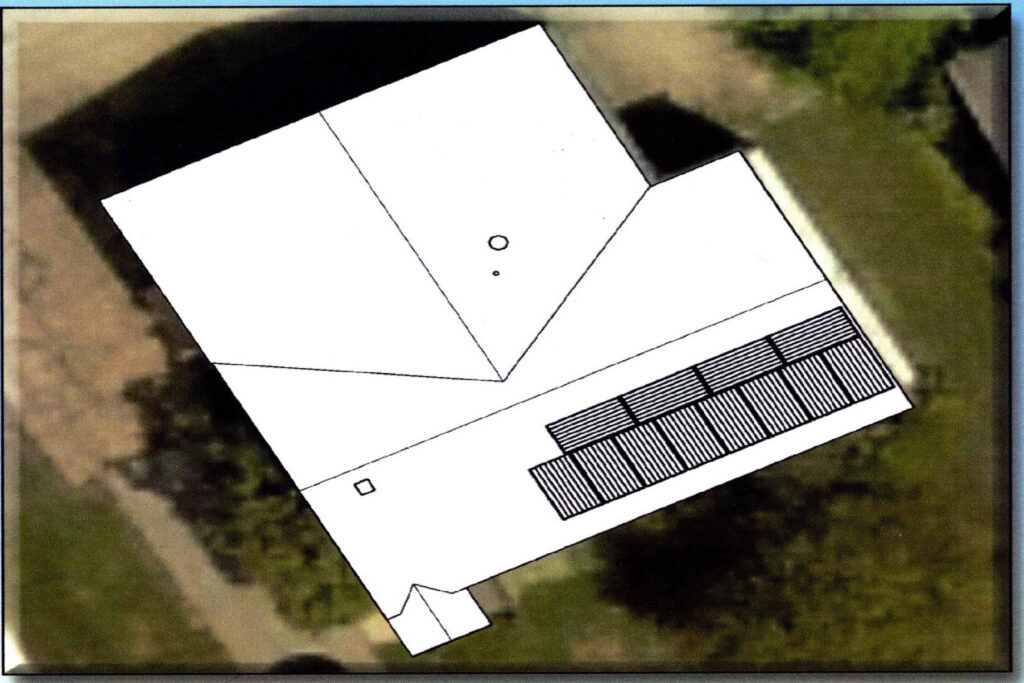
Adding solar power should be something easy, affordable and common but it sadly is not. Affordable alternative power is slow in coming to the residential market here in the US. We’ve looked at it for years now and simply haven’t had the money or been in a position where we could afford to add the equipment needed to our house. We have finally gotten there, and we signed the deal this past Friday.
Is it immediate? Of course not. During the height of the sunniest time of year for us here in the middle of Pennsylvania all we can do is sign up and wait. There’s a process to getting all this work lined up, the parts ordered, and of course the regulatory things squared away (building permit, utility permission, etc.). What does that mean? It means we’re going solar… eventually. IF everything works out, we should get a series of panels added to our roof sometime in early October this year. Just in time for the weather to turn grey, the days to get shorter and the actual amount of power we created to drop right off.
In the end, this isn’t about immediate returns. This is about making long term choices for the betterment of everyone. Over the course of the next year we should generate enough power that we don’t actually have to draw from the power grid. The next step along the way is getting a power generator or battery source set up so that when / if the power grid goes out we can continue to use that electricity we’re making.
Small steps, but consistent ones. Plan for the future in small steps and make it happen. Do what you can to help. Hopefully this step is a good one.



